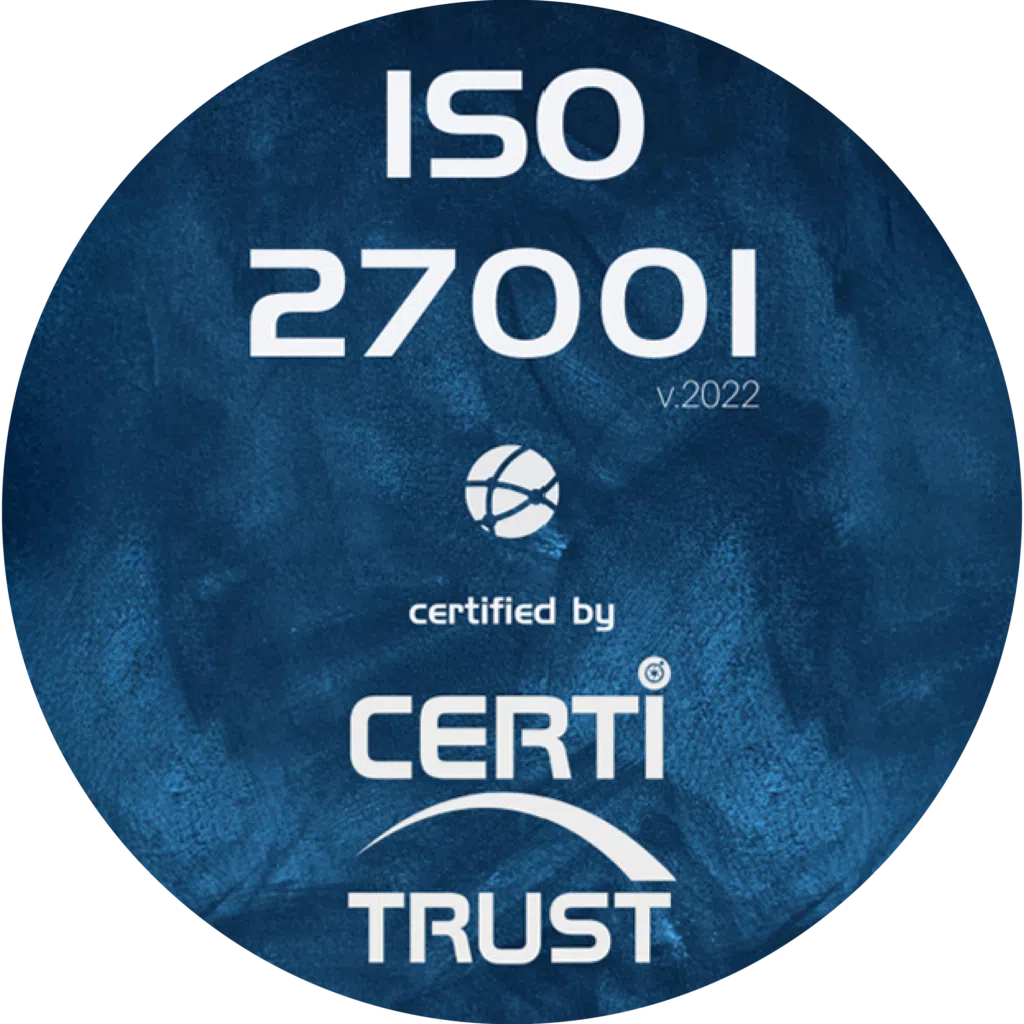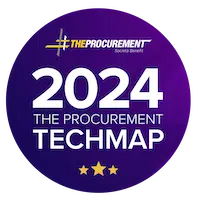How do you manage your relationships with suppliers? Do you do it manually or have you initiated your digital transformation? Are you familiar with the concept of supplier relationship management? The answers to these and other questions are essential if you are to manage your supply chain efficiently and profitably.
As you move forward with this task, bear in mind that not all your suppliers are equally important. This depends on the category of products or materials they work with and their importance in your operations.
For supplier relationship management, it’s worth learning more about this concept. It aims to prioritise the purchasing process by determining which categories of supply are important, and then defining the strategy that will enable you to manage this priority. The long-term aim is to increase your turnover and maintain better relations with your suppliers.
For an SRM strategy to be effective, you need to digitise your purchasing, communication, reception and payment processes with suppliers.
What is SRM?
Supplier Relationship Management (SRM) is a systematic, company-wide assessment of suppliers’ capabilities vis-à-vis the organisation. It involves determining the activities to be undertaken with the various suppliers. SRM makes it possible to plan and execute all interactions with suppliers in a coordinated way, so as to maintain a good relationship.
The objective of SRM is to maximise the value realised from these interactions. It aims to develop beneficial, two-way relationships with supplier partners. These relationships enable higher levels of collaboration, innovation and competitive advantage to be achieved, such as shorter delivery times. They also encourage the sharing of information.
An SRM enables processes between a company and its suppliers to be planned, monitored, structured, rationalised and made more effective at operational, tactical and strategic levels.
This means that implementing SRM software involves changes, which must be taken into account when planning the SRM process.


How does supplier relationship management work?
There are three distinct phases in supplier management. Each phase builds on the one that precedes it and is full of strategies that are essential to the success of the supply chain.
1. Supplier segmentation
The supplier segmentation stage of SRM involves analysing supplier risks and their impact on your company’s profitability.
Treating all supplier relationships in the same way is a serious mistake.
Goods purchasing suppliers
These suppliers and the products they sell are in high demand. The products you buy from these suppliers are important. Your business will not stop without them and they have no direct impact on profitability.
Delivery times are generally short and prices are very competitive. Depending on the nature of your business, office supplies may fall into this category. This type of relationship does not require frequent communication.
Continuous purchasing suppliers
Suppliers in this category have medium-term contracts. Competition is moderately high, and you also do business with some of their competitors. Many technology suppliers fall into this category.
Partner suppliers
Suppliers in the partnership segment are those with longer-term contracts. Trust has been established, although the relationship is not exclusive. There is a risk to profitability due to limited competition. However, this type of supplier offers competitive advantages, such as reduced costs.
Strategic suppliers
Suppliers with whom your company has a strategic alliance are those with whom you usually work on an exclusive basis. The risk is high because of minimal competition. Long-term agreements, frequent communication and high levels of collaboration are required.
Secondary suppliers
This category of supplier is likely to be the smallest and in many companies will not exist at all. These are suppliers with whom your company has completely merged to the point of ownership.
This is common in manufacturing environments where certain components are essential to day-to-day operations. For example, many car manufacturers have created subsidiaries dedicated exclusively to them for the supply of key components (such as rubber or glass).
2. Creating the supplier strategy
In the second phase, you will create the SRM strategy with the suppliers for each segment. You will set goals, objectives and expectations for each segment, as well as key performance indicators to measure them, and ensure that resources are available to meet these needs internally and with suppliers.
3. Executing the supplier strategy
With commodity suppliers, there may not be much to do here. But for your strategic partnerships and alliances, strategy execution involves ongoing collaboration, evaluation and feedback.
How to develop an SRM strategy in 5 steps?
If your current supplier relationship management process is a little light, here are 5 steps to get you up to speed.
Step 1: Hire or appoint an SRM manager
Every project needs a project manager and supplier relationships are no exception. Who is responsible for your supplier relationship management process?
Consider hiring or designating one or more team members to be responsible for supplier relations. These managers will not be responsible for managing each supplier relationship, but for managing the process, which also includes managing the SRM solution.
Step 2: Conduct supplier evaluations
Every year, carry out evaluations of your suppliers. This allows you to review their performance throughout the year. If you are using an SRM application, you should already have feedback from stakeholders.
While you are conducting your evaluation, ask the supplier to conduct a reverse evaluation of your company’s performance as a customer. Allow time to review the two assessments together. Create an action plan together and involve stakeholders if necessary.
Step 3: Set up a supplier rewards programme
Whatever their place in your supplier segmentation and SRM strategy, good suppliers work hard to be good suppliers. Giving them well-deserved recognition can be a great way to take your relationship with them to the next level. Use your supplier reviews to determine who will be rewarded.
Here are some ideas for supplier rewards:
- Outstanding performance ;
- Diversity and Inclusion;
- Sustainability;
- Innovation;
- Strategic Alliance;
- Safety and Security.
Step 4: Establish better payment terms that benefit everyone
Setting and enforcing payment terms is an essential part of the SRM process. During the procurement negotiation process, you can negotiate discounts on payment terms.
Step 5: Visit your key suppliers
If the travel budget allows and suppliers are willing, schedule at least one site visit with the suppliers in your strategic alliance. You can do the same for your partner suppliers. This shows the supplier that you are invested and keen to learn more about them and how they operate. It will also maintain the existing business relationship between you.
It is common for suppliers to host or participate in national conferences. If the suppliers in your strategic alliance organise an annual conference, make the effort to attend. This not only shows your support and interest, but also gives you the opportunity to make contacts, learn more about the product and improve relationships for an ever more efficient purchasing process.
Want to learn more about our Weproc procurement management software?
Contact us or request your 15-minute demo below!









